1. Spanking Was the Go-To Discipline
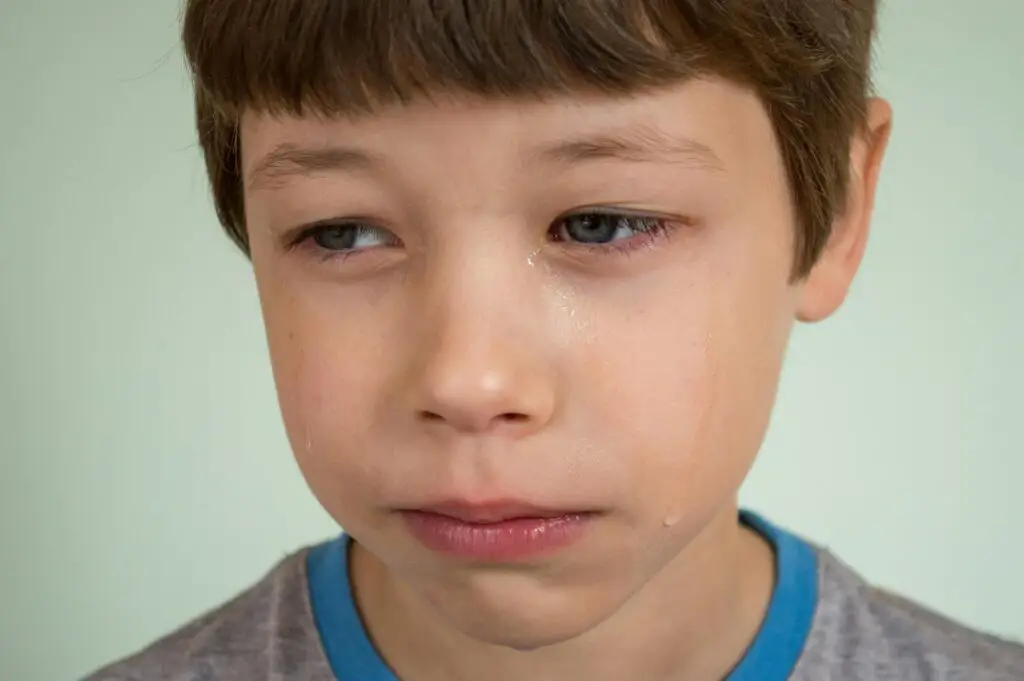
Back in the ’50s, spanking wasn’t just accepted—it was expected. Parents often believed that a quick smack on the behind was the best way to keep kids in line, and teachers were even allowed to paddle students in school. The idea was that physical punishment built character, but today, research shows it does more harm than good. Many studies have linked spanking to increased aggression, anxiety, and long-term emotional issues. It’s not just frowned upon now; in some places, it’s outright illegal says Gallup News.
These days, most experts recommend discipline strategies that focus on communication and positive reinforcement. Parents are encouraged to teach their kids through consequences and discussions rather than fear. Laws against corporal punishment have been passed in various countries, and even in places where it’s still legal, it’s widely discouraged. What was once considered normal parenting is now seen as harmful and outdated.
2. Letting Kids Ride Without Seatbelts
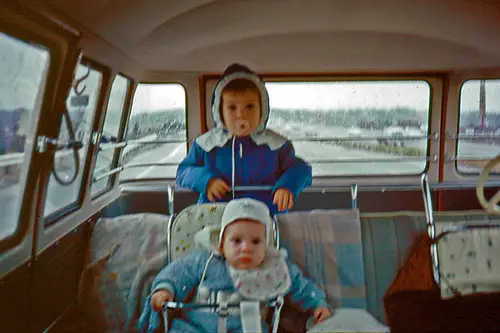
Car safety in the ’50s was practically nonexistent, and kids were often left to roam freely in the backseat—or even the front. Seatbelts weren’t standard in most cars, and car seats were either ineffective or nonexistent. Many parents let their little ones sit on their laps while driving, believing that a firm grip was enough to keep them safe. The idea of strapping kids in seemed unnecessary at the time, but today, we know just how dangerous that was says MSN.
Now, laws require children to be buckled up in age-appropriate car seats or booster seats. Studies show that seatbelts save thousands of lives every year, making them one of the most important safety measures in modern parenting. Letting a child ride without proper restraints today would result in fines—or worse, child endangerment charges. It’s a reminder of how far we’ve come in understanding car safety.
3. Leaving Kids Alone in the Car
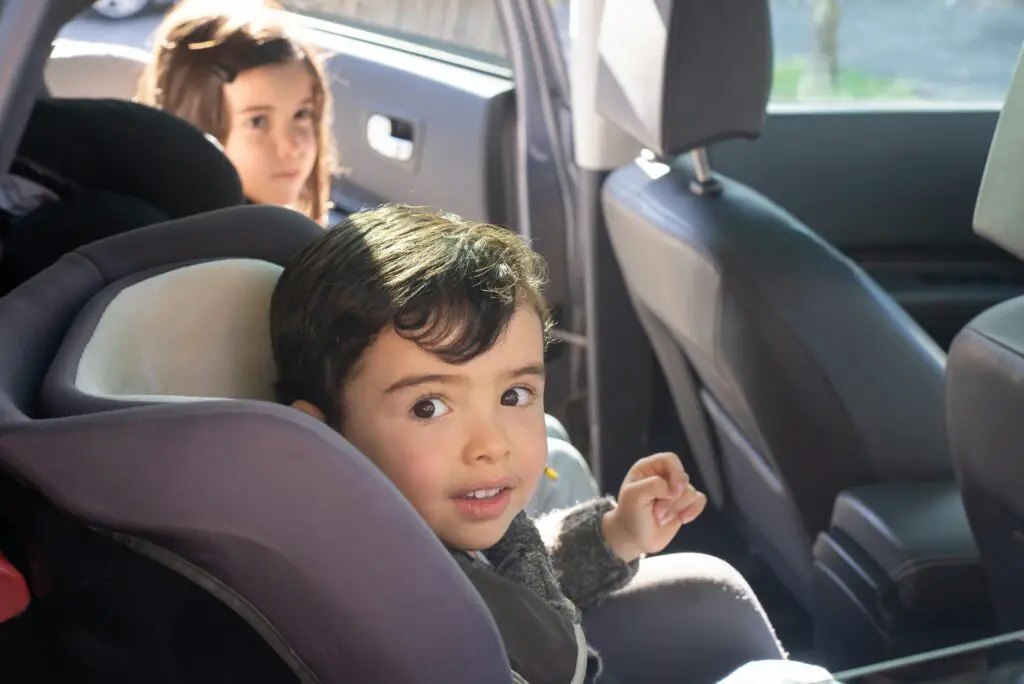
It wasn’t unusual in the ’50s for parents to leave their kids in the car while running errands. Whether it was a quick stop at the grocery store or a longer visit somewhere, children were expected to wait patiently in the backseat. The dangers of heatstroke, kidnapping, or accidental injury weren’t widely discussed, and people assumed their neighborhoods were safe. Parents today would be horrified at the risks that were once ignored.
Now, laws strictly prohibit leaving young children unattended in vehicles, especially in hot weather. Even a few minutes in a locked car can be deadly due to rapidly rising temperatures. In many places, child neglect charges can be filed against parents who take this risk. It’s hard to imagine that something so dangerous was once a common practice, but it just goes to show how much parenting has changed.
4. Smoking Around Kids Indoors
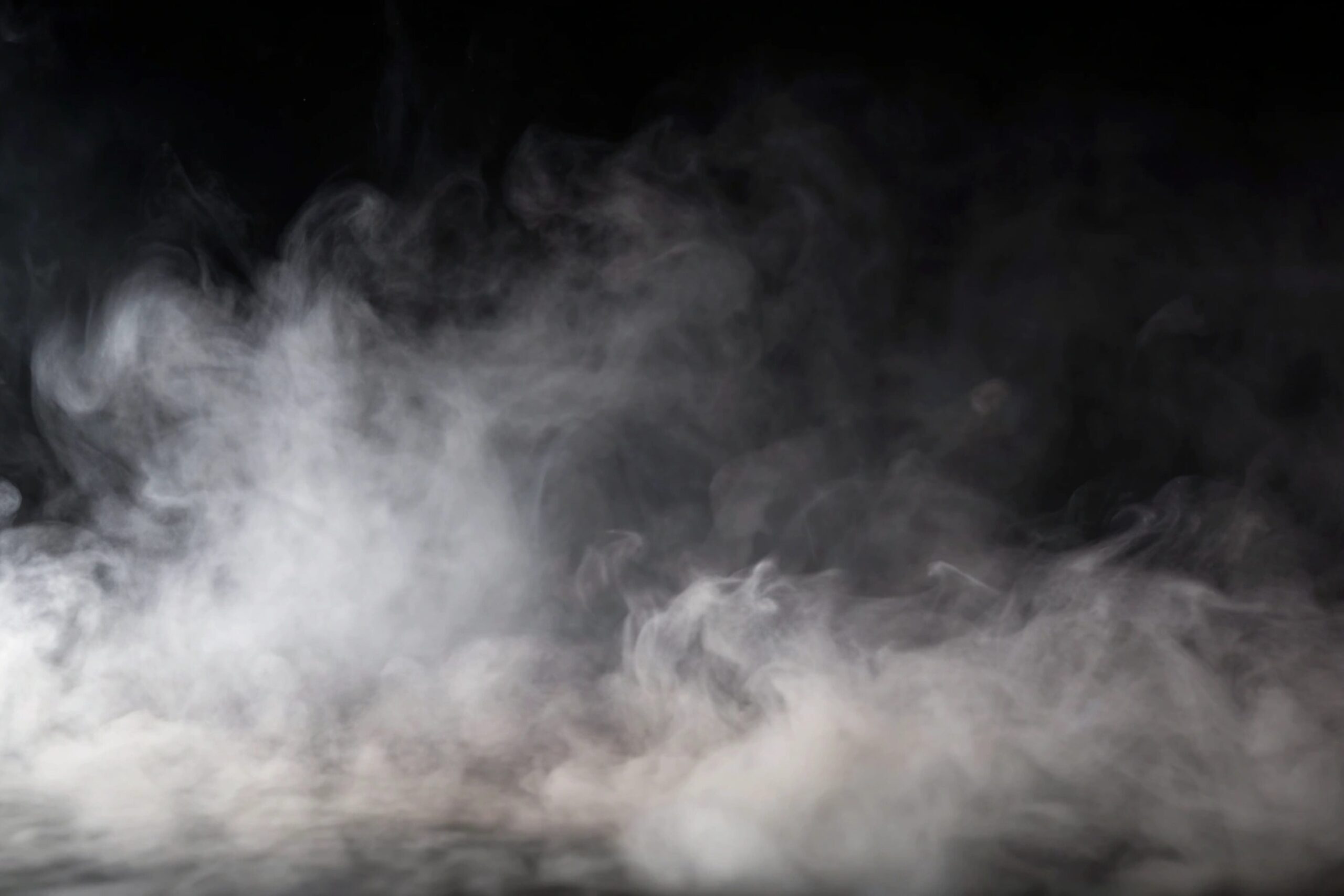
In the ’50s, smoking was everywhere—inside homes, restaurants, and even hospitals. Parents lit up around their children without a second thought, and the dangers of secondhand smoke weren’t yet understood. Kids grew up in smoke-filled homes and cars, inhaling harmful chemicals daily. Doctors even promoted cigarettes in advertisements, making it seem like a normal, stress-relieving habit.
Now, smoking around children is not just frowned upon; in many places, it’s illegal. Secondhand smoke is linked to asthma, respiratory infections, and even sudden infant death syndrome (SIDS). Laws now ban smoking in cars with minors and in most public indoor spaces. The idea of lighting up in front of a child today would raise serious concerns—and possibly legal trouble.
5. Giving Babies Whiskey for Teething
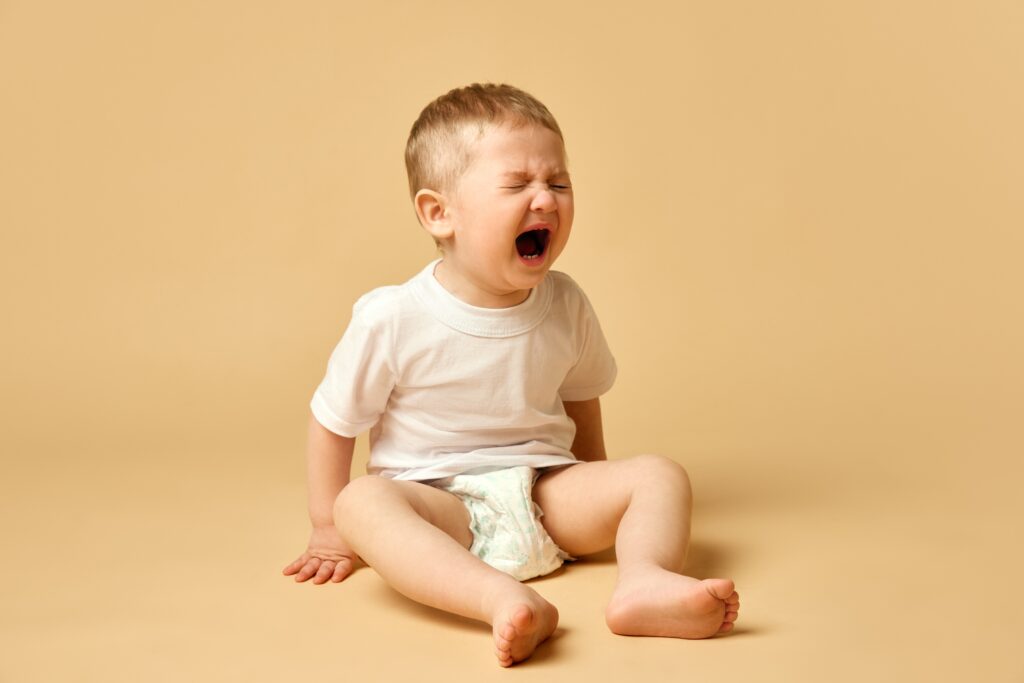
Old-school parenting had some truly questionable home remedies, and whiskey for teething babies was one of the worst. Many parents believed that rubbing a bit of alcohol on a baby’s gums would soothe the pain and help them sleep. It was a common trick passed down through generations, despite the obvious risks. Giving alcohol to an infant today is unthinkable, but back then, it was just another household hack.
Modern medicine has debunked this dangerous practice, showing that even small amounts of alcohol can harm a baby’s developing brain. Now, pediatricians recommend teething rings, cold washcloths, and safe pain relievers instead. Giving alcohol to a child today would not only be dangerous but could lead to serious legal consequences. It’s one of those “home remedies” that definitely belongs in the past.
6. Letting Kids Ride in the Back of Pickup Trucks

Summer road trips in the ’50s often meant kids piling into the open bed of a pickup truck. No seatbelts, no safety measures—just the wind in their hair and the thrill of an open ride. Parents didn’t think twice about it, and kids saw it as an adventure. But what seemed like innocent fun was actually incredibly dangerous.
Today, laws in most places prohibit passengers from riding in the back of trucks, especially children. The risk of being thrown from the vehicle during an accident—or even just a sudden stop—is too great. What was once a childhood rite of passage is now recognized as a serious safety hazard. It’s one of those outdated parenting rules that would get a parent in serious trouble today.
7. Ignoring Food Allergies

In the ’50s, if a child had an allergic reaction, it was often brushed off as a minor issue. Peanut butter and milk were staples, and few people worried about dietary restrictions. Kids who complained about feeling sick after eating something were often told to toughen up. The idea that a simple food could be life-threatening wasn’t widely understood.
Now, food allergies are taken very seriously, and many schools have strict policies to protect allergic children. Parents must disclose allergies to caregivers, and emergency plans are put in place for severe reactions. Ignoring a child’s food allergy today could lead to legal consequences, including charges of neglect. It’s a huge shift from the casual attitude of the past.
8. Letting Kids Roam the Neighborhood Alone
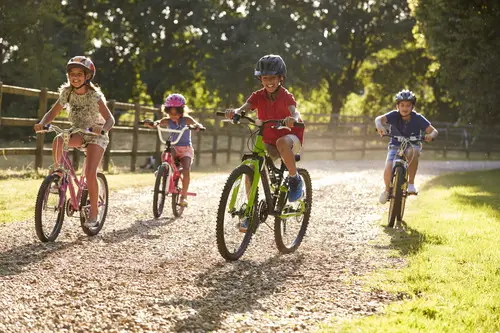
Kids in the ’50s had way more freedom than kids today. It wasn’t unusual for children as young as five or six to wander the neighborhood unsupervised for hours. Parents believed it was safe, and kids were expected to be home by dinner. There were no cell phones to check in, and the idea of a “stranger danger” talk was rare.
Now, leaving young kids alone outside for extended periods can lead to serious consequences. Laws against child neglect and endangerment make it clear that unsupervised wandering isn’t acceptable. While giving kids independence is still important, today’s world requires more precautions. What was once seen as normal childhood exploration could now result in a visit from child protective services.
9. Feeding Babies Honey and Unpasteurized Milk
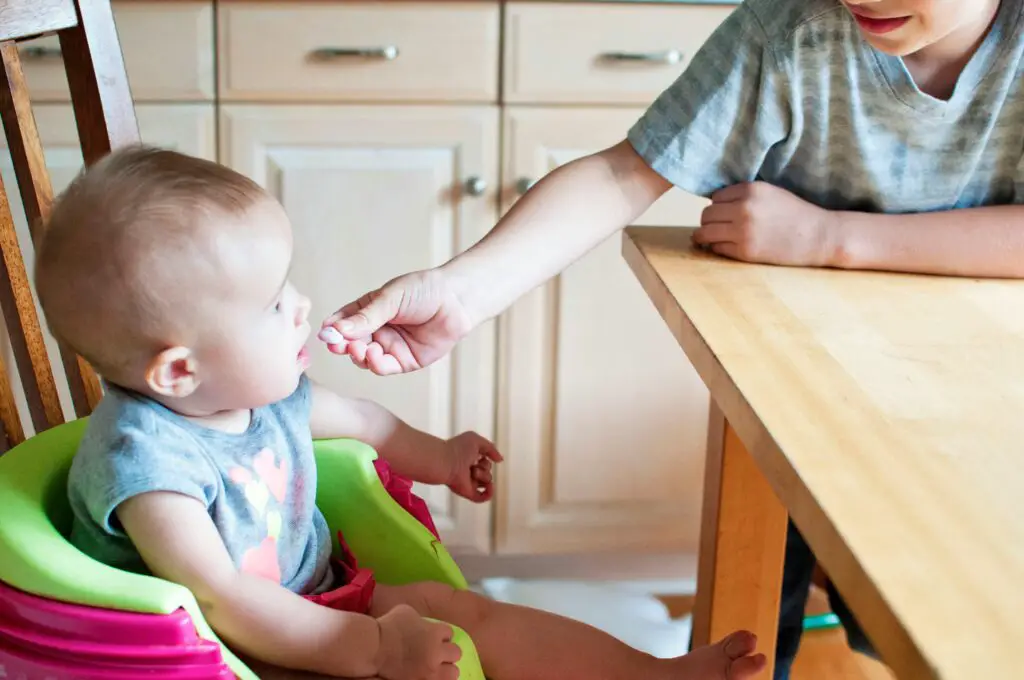
Back in the ’50s, parents fed their babies whatever they had on hand, including honey and raw milk. People didn’t realize that honey could contain botulism spores, which are extremely dangerous for infants. Raw milk, often delivered straight from farms, was also common despite the risk of bacterial infections. Parents just assumed that if they drank it, their babies could too.
Today, giving honey to infants under one year old is strictly warned against due to the risk of botulism. Unpasteurized milk is also heavily regulated, and in some places, selling it is illegal. Modern guidelines are based on science that has saved countless lives. What once seemed like harmless food choices are now recognized as serious health risks.
10. Administering Cough Syrup With Codeine to Kids

In the ’50s, it was common for parents to give their kids over-the-counter cough syrups that contained codeine or other strong sedatives. Doctors even recommended it for soothing coughs and helping children sleep through the night. No one questioned whether it was safe, and the idea of checking for side effects wasn’t a priority. Many parents simply trusted that if it was sold in stores, it had to be fine.
Now, codeine-based cough syrups are either banned or require strict prescriptions for children. Studies have shown that these medications can depress breathing and even lead to overdose in young kids. The risks far outweigh any potential benefits, and modern medicine offers safer alternatives. What was once considered a harmless fix is now illegal in many places, with strict guidelines on what children can take for a cough.
11. Encouraging Kids to Drink Coffee
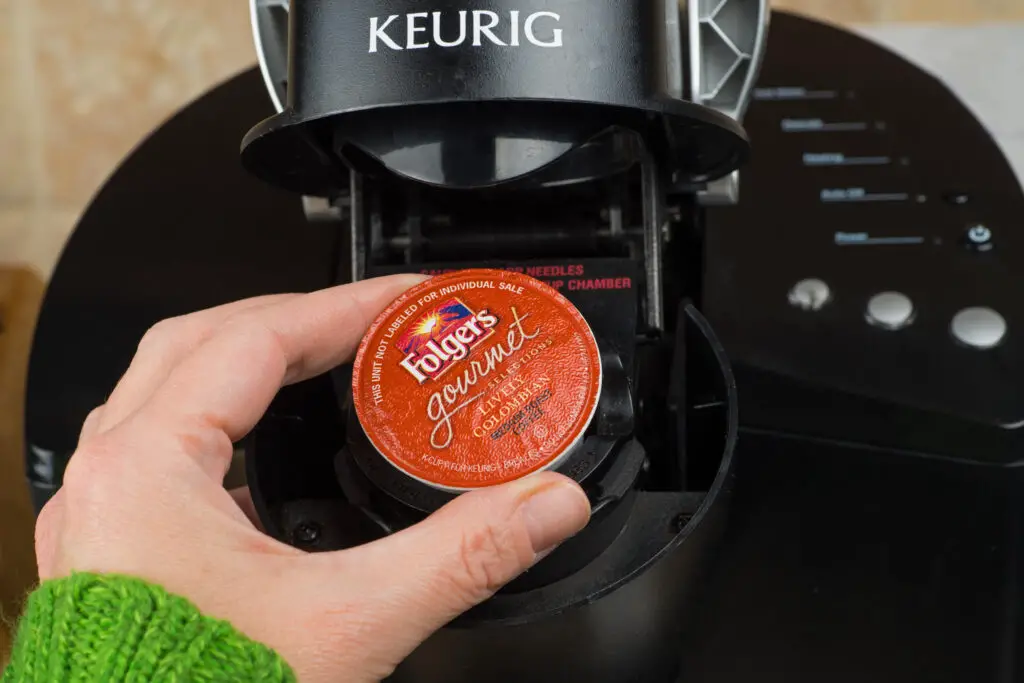
Believe it or not, some parents in the ’50s didn’t think twice about letting their kids drink coffee. A small cup at breakfast wasn’t unheard of, especially in families where caffeine was a daily staple. It was seen as just another drink, no different from tea or soda. Some even believed it helped kids focus or kept them full longer.
Today, we know that caffeine can cause sleep problems, increased heart rate, and anxiety in children. Health experts strongly discourage giving coffee to kids, and some schools even restrict access to caffeinated drinks. While it’s not outright illegal, many pediatricians warn against it, and excessive caffeine consumption in minors can raise concerns. It’s another example of how parenting norms have shifted with better health awareness.
12. Sending Kids to the Store to Buy Cigarettes

Back in the ’50s, it wasn’t unusual for a child to walk into a store and buy a pack of cigarettes for their parents. Shopkeepers often didn’t ask questions, and there were no strict age restrictions like today. Some kids even carried handwritten notes from their parents as permission to make the purchase. It was just another errand, like picking up milk or bread.
Now, selling cigarettes to minors is strictly illegal, with heavy fines and penalties for businesses that allow it. In many places, there are even laws restricting where and how tobacco products can be advertised. The idea of sending a child to buy cigarettes today would be unthinkable—and would likely result in a visit from child services. What was once a common chore is now a serious legal offense.
